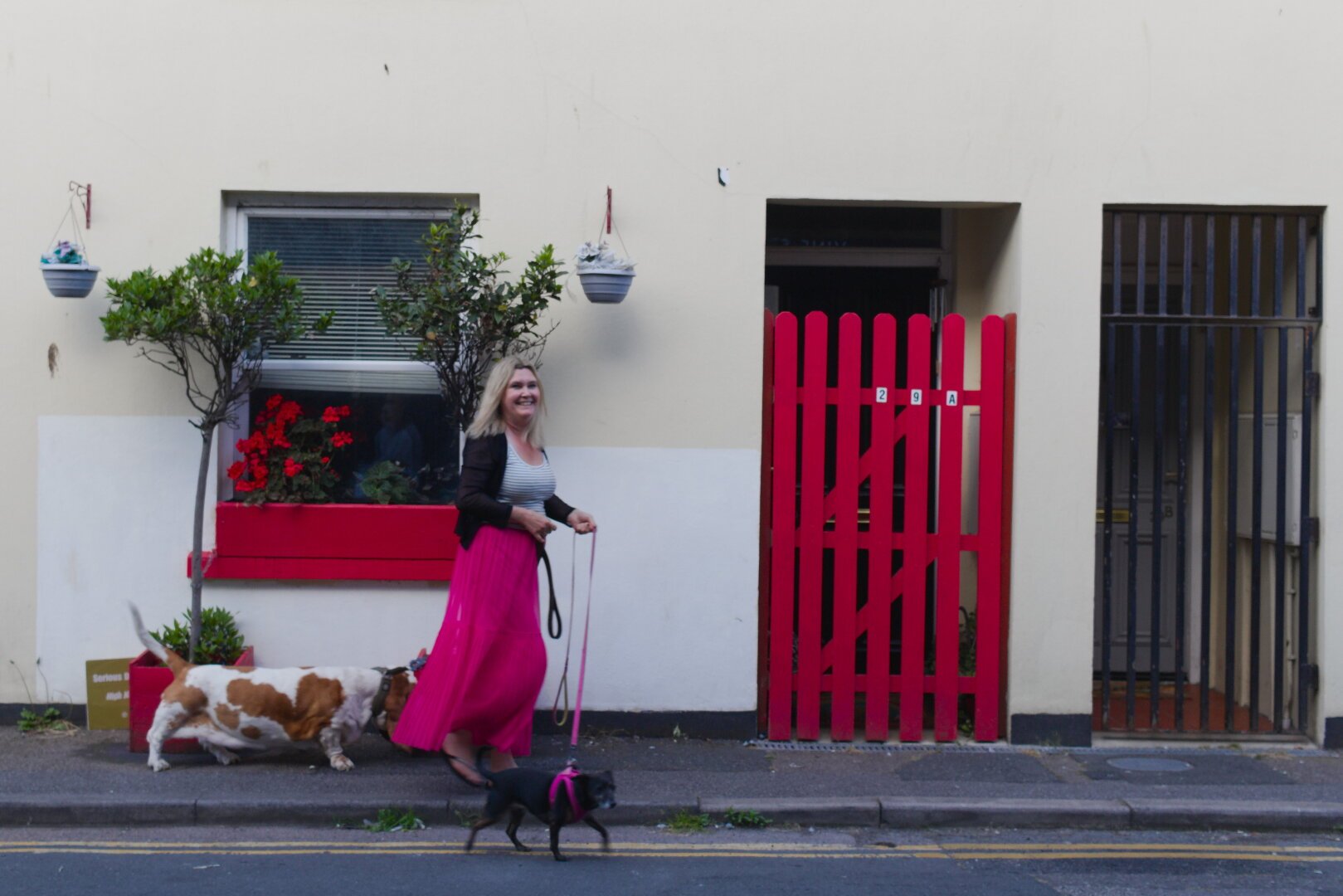Thoughts in random order
AI-generated images are a problem, no more or less than “natural” ones. Can we determine whether an image is authentic or not? If someone claims an image is fake - e.g., Trump regarding a Kamala Harris rally - can we produce documentation to prove its authenticity? And if so, will others be willing to accept the truth, or will they continue to believe what suits them best? Italian researcher Walter Quattrociocchi, in an article for the financial newspaper Il Sole 24 ore, explains that debunking doesn’t work, mostly because people stick to their mental models even when confronted with the truth. This is where prebunking becomes useful. Prebunking, also known as inoculation theory in communication studies, is a proactive approach to combating misinformation. The goal of prebunking is to equip people with the skills to spot false and misleading information online before they encounter it, thereby preempting manipulation. This method works by exposing individuals to weakened forms of misinformation and teaching them how to identify and counter deceptive tactics.
Key aspects of prebunking include:
- Education: Teaching critical thinking skills and common manipulation techniques used in misinformation.
- Exposure: Presenting mild doses of misinformation along with explanations of why it’s misleading.
- Practice: Allowing individuals to apply their new knowledge in controlled scenarios.
- Reinforcement: Regularly updating and reinforcing these skills as misinformation tactics evolve.
By implementing prebunking strategies, the aim is to make online users more resilient to being misled in the future. This approach acknowledges that prevention is often more effective than cure when it comes to battling the spread of misinformation in our digital age.
I’ve been back to Italy with the whole family after two years. Many things have changed, and I feel I belong to a different place now. But still, when I come here, many sweet memories come to my mind, and I start questioning my past choices. I guess it’s normal, given that I moved to the UK for two main reasons: better job opportunities for a Rubyist and putting some distance between myself and all the pressures my former life was putting on me. Anyway, seeing what my kids have become and the happiness in my wife’s eyes is enough to say that our life has improved a lot, despite Brexit and all the xenophobic rhetoric that comes from the British far right.
I want to learn how to solve a Rubik’s cube! ![]() I remember when I was a kid, back in the 80s, I had a Rubik’s cube and after scrambling it, I detached all the coloured stickers and
put them back in the right order, pretending I had solved it!
I remember when I was a kid, back in the 80s, I had a Rubik’s cube and after scrambling it, I detached all the coloured stickers and
put them back in the right order, pretending I had solved it!
I’m reading “Ruby under a Microscope” again. Sometimes I need to refresh my understanding of the language, and I think that I know more about Ruby than I do about Rails.
This hasn’t always been valued during interviews. What fascinates me is the way the language handles different scenarios, such as include, extend, and prepend,
the algorithms used to parse the code, and generally all the internal mechanisms that make my life as a developer easier.
Things I like - in random order
Some other pictures I recently took:


![]() I’ve tried many IDEs in my career but I always come back to Lunarvim or Emacs
I’ve tried many IDEs in my career but I always come back to Lunarvim or Emacs ![]()
Today’s Links
Prebunking with Google
You need just 19 words to provide wise feedback from Daniel Pink Pinkcast
Microsoft refuses to patch multiple flaws in Microsoft macOS apps The Register
Who uses LLM prompt injection?
The Obamas’ real superpower